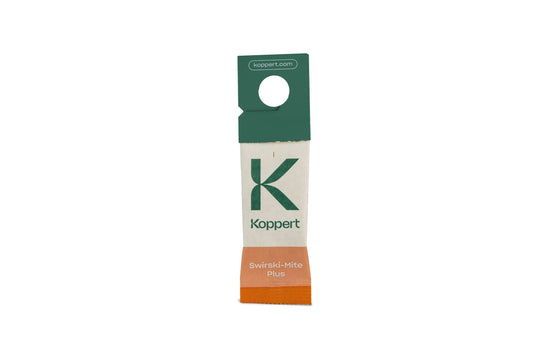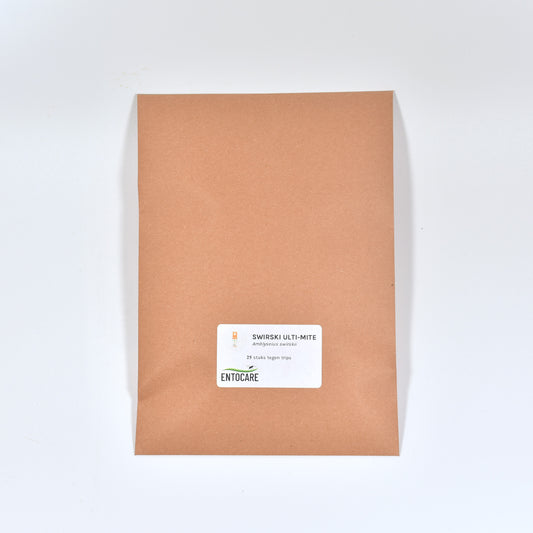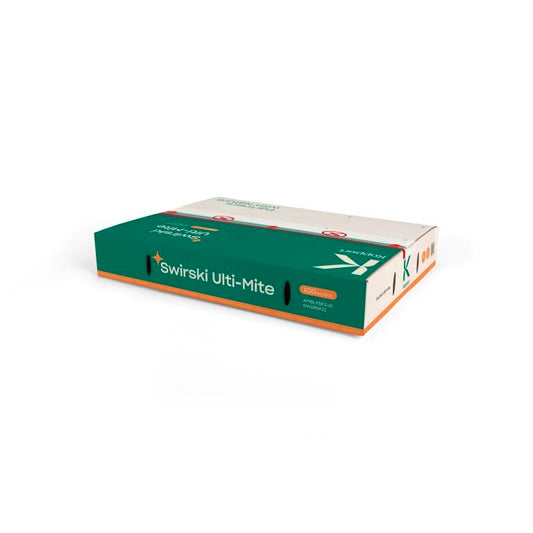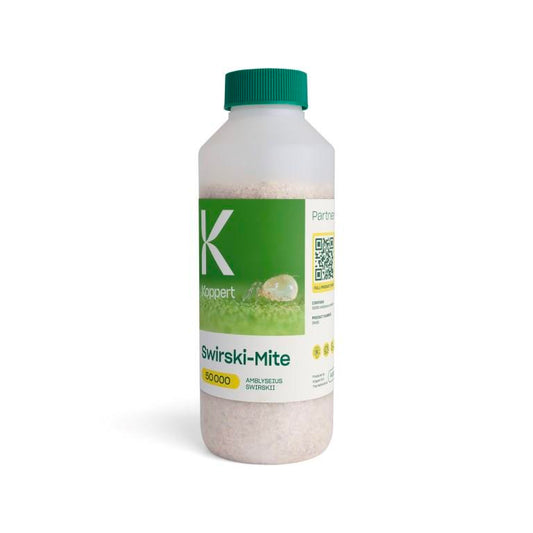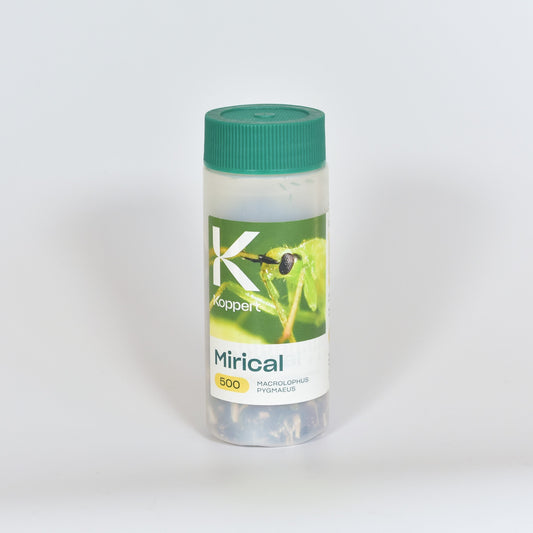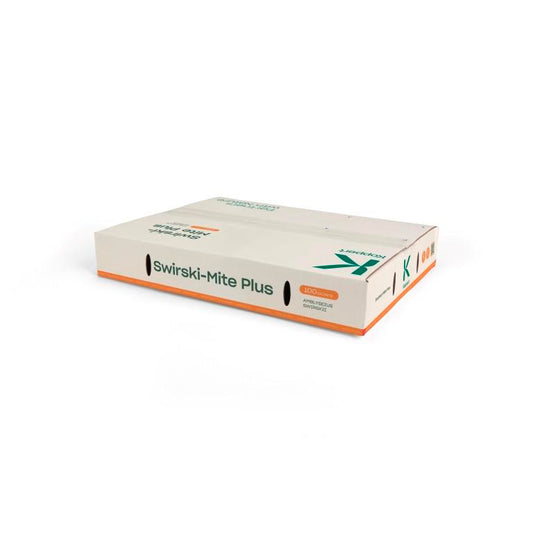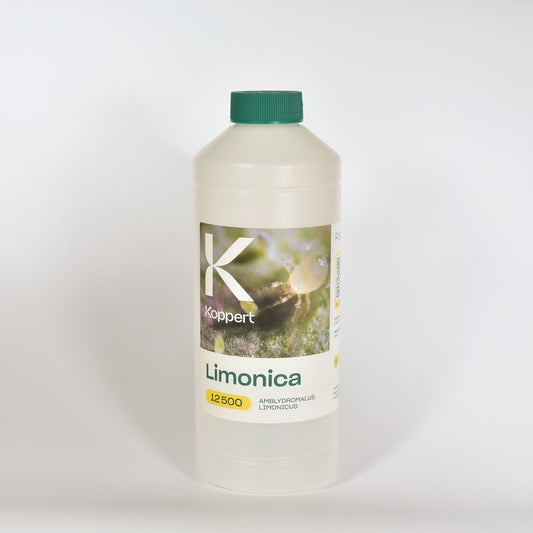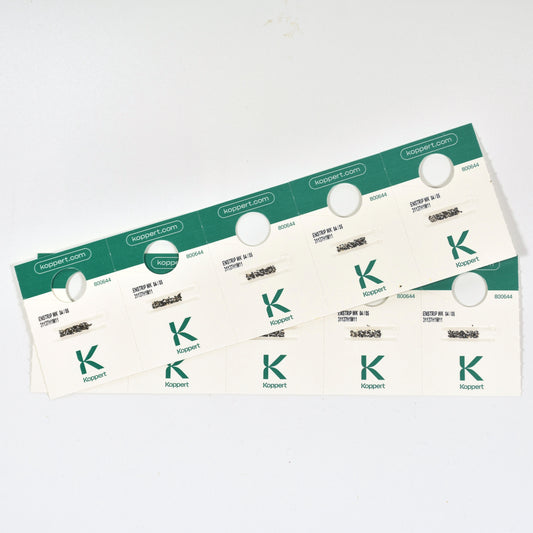
How to recognize cabbage whitefly
The cabbage whitefly is 1.5 mm in size and can be recognized by four gray spots on the wings. Like other whitefly species, wings are covered with a white powdery wax. The head (with red eyes) and thorax are dark, while the abdomen is covered with a waxy layer. A female can deposit up to 150 eggs. The eggs are oval- to elongate shaped and are deposited from half May to October. Freshly laid eggs are pale yellow and will darken over time. After on average twelve days, eggs will hatch. The first stage is the only mobile, non-adult stage. De 1.5-2 mm larvae are white to dark yellow with two yellow spots on the abdomen. The total larval stage takes on average ten days. The hard pupae (final larval stage) are yellowish brown. The adult cabbage whitefly emerges through a T-shaped tear from a pupa.
All stages of the cabbage whitefly are bigger than their tobacco- and greenhouse whitefly counterparts. In addition, cabbage whitefly is covered in a thicker layer of wax. The cabbage whitefly can overwinter on green plants. There are usually four to five generations a year, with generation development time ranging from three to six weeks.
Cabbage whitefly damage and distribution
Cabbage whitefly is found in groups on the underside of the leaves. They feed from the phloem and excrete the surplus of sugars as honeydew. The honeydew acts as a growth medium for black sooty mold fungus which will hamper photosynthesis. Cabbage whitefly can be found throughout the world, both in- and outside greenhouses.
Products against Cabbage whitefly
-
SWIRSKI-MITE PLUS - 25
Vendor:KoppertRegular price €22,68 EURRegular priceUnit price / per -
SWIRSKI ULTI-MITE - 25
Vendor:KoppertRegular price €29,25 EURRegular priceUnit price / per -
SWIRSKI ULTI-MITE - 100
-
SWIRSKI-MITE - 50.000
-
MIRICAL - 500
-
SWIRSKI-MITE PLUS - 100
-
LIMONICA - 25000
-
EN-STRIP - 600
Vendor:KoppertRegular price €18,21 EURRegular priceUnit price / per€18,21 EURSale price €18,21 EUR
-
Cabbage whitefly life cycle
up to 150 eggs per female
eggs are yellow, become darker over time
four larval stages
pupa is yellow-brown
adult emerges from t-shaped tear in pupa
hibernates on green plants -
Cabbage whitefly host plants
several cabbage crops, such as brussel sprouts
wild plants, such as shepherd's purse or nipplewort
strawberry plants
-

Cabbage whitefly larvae
-

Cabbage whitefly

